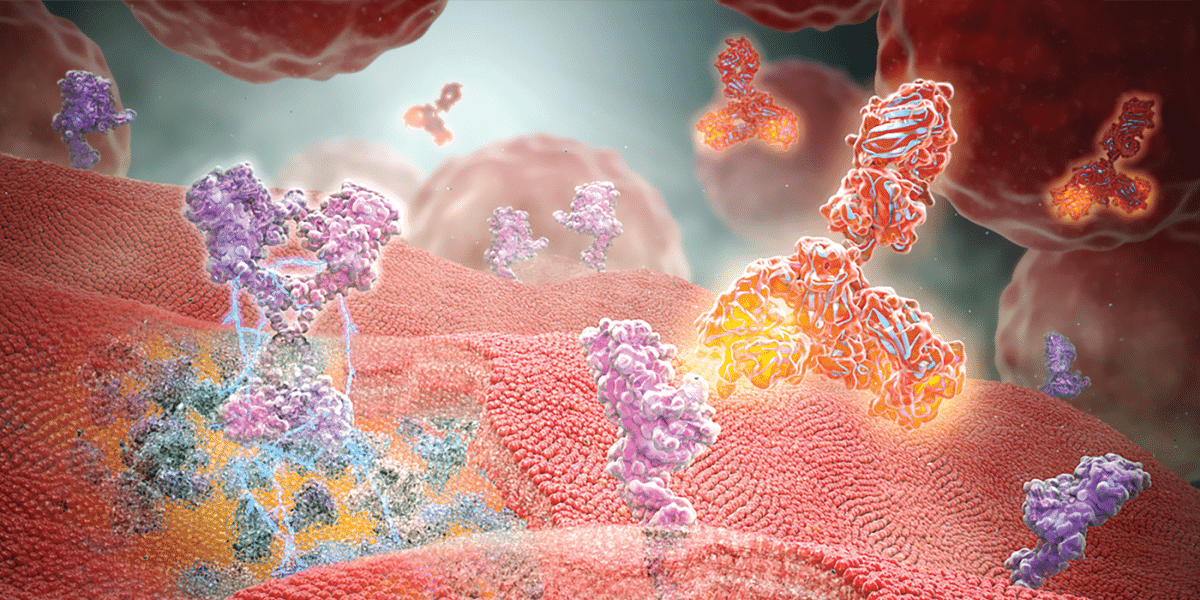Medical simulation is an essential learning technique for healthcare professionals. It equips learners with the skills, experience, and confidence to handle critical real-life scenarios to save lives.
Rapid technological advancement offers numerous ways for healthcare providers to learn using real-life examples. Immersive technologies like virtual reality (VR), augmented reality (AR), and mixed reality (MR) will enhance patient safety, increase retention, and allow an easier understanding of the mechanisms of diseases and actions.
Here’s everything you need to know about 3D medical simulation and how it is transforming the healthcare industry.
What is Medical Simulation?
Medical simulations create real-world experiences to help trainees and healthcare providers learn, practice, and assess their medical knowledge and skills in a safe mistake-friendly environment. The field of medical simulation is rapidly growing and attracting attention from everyone due to its innovation and engaging culture.
Moreover, medical simulation utilizes whole-body manikins, task trainers, and simulated medical scenarios using virtual reality and other technologies.
The Use of 3D Animation in Medical Simulation
Sometimes, simulation training in healthcare incorporates 3D animations to bring objects, characters, or props to life. This allows trainees to experiment with clinical processes and medical procedures in real-life scenarios.
Moreover, 3D medical animation is proving helpful in the areas of education, patient communication, and marketing. Technical advances have made it easier and more cost-effective to explain complex healthcare issues. And as technology continues to enable new applications, we should expect medical animation to grow in popularity in the healthcare industry.
Virtual Reality Simulation in 3D
The use of virtual reality in training medical students and professionals has gained immense popularity worldwide. In a regular simulation, you’ll need a handful of equipment to conduct tests and train healthcare providers. But with virtual reality, you only need a headset —the possibilities are limitless.
Moreover, with a virtual reality simulation, you don’t need a large space or a specific room to learn—just a small room and your headset, and you’re good to go.
VR allows learners to play any situations and scenarios and interact with life-like patients. This makes the whole learning experience more realistic and engaging. The VR technology allows medical students and healthcare professionals to fully immerse themselves in the learning process.
You can recreate any active phase of any situation: for instance, the process of offering emergency care. This sharpens the trainee’s skills while enhancing stress resistance in difficult situations.
Augmented Reality
Although augmented reality (AR) doesn’t offer full immersion like virtual reality, it is still an essential technology in medical training. AR offers various benefits to healthcare training and patient care.
AR includes graphics, sound, effects, text, and feedback to enhance the user experience. This allows trainees and medical professionals to interact with virtual objects placed in the real world.
Essential components of augmented reality in healthcare include:
- Interaction with objects in real-time
- Integration of virtual and real worlds
Moreover, AR is becoming more affordable and accessible for medical education, imaging, dentistry, and nurse training.
Some of the most impactful AR trends in the healthcare industry include:
- Robotic-assisted surgery
- Physical therapy and rehabilitation
- Wound care management
- Seamless hospital navigation
- Access to real-time patient records
Mixed Reality in Medical Simulation
Mixed reality, or MR, combines augmented reality and virtual reality to merge the real world and digital objects into an interactive reality. It is used within clinics, operating theaters, hospital wards, and medical training settings to educate healthcare professionals, broaden access to healthcare, accelerate diagnoses, and, most importantly, improve outcomes.
The technology is still new in the healthcare industry but poised for great improvement and adoption in the future.
Benefits of 3D Medical Simulation
Training medical students and professionals using 3D experiences enhances their knowledge and experience while boosting their confidence. In addition, technologies like virtual reality, augmented reality, and mixed reality are transforming the healthcare sector, allowing healthcare providers to find quick and safe solutions to patient problems.
Here’s how learning in 3D has impacted the healthcare industry.
Improved Medical Training
Conventional methods of training, like lectures, seem tedious. With 3D medical simulation, learning is made easy. Technologies like VR offer 3D visual information about anatomy minus the traditional study materials and cadaver study dissections.
Moreover, an AR experience allows surgeons to review images in 3D of particular anatomy to enhance the success of surgical procedures.
Real-Time Diagnosis
Effective treatment depends on how the healthcare provider diagnoses your case. 3D allows healthcare professionals to thoroughly diagnose and understand the patient’s medical condition before commencing treatment.
For instance, the doctor can use MR to display digital images on a patient’s body, helping them perform real-time analysis.
Image-Guided Surgery
Mixed reality helps healthcare professionals perform surgeries with increased accuracy. MR devices provide real-time information on patients’ physical state, helping them perform the surgery with care and accuracy.
MR offers a comprehensive view of the patient’s physical condition in 3D. This improves the success rate while performing complex surgeries.
Enhance Learning
Medical professions are difficult to master. Moreover, aspiring medical professionals can’t afford to make mistakes while practicing on the job and dealing with real patients. This is where 3D animations come in handy in medical training.
3D animations improve medical education training through illustrative teaching methods.
Conclusion
Medical simulation is gaining popularity in the medical industry, helping medical students and healthcare professionals learn and gain experience. There are various technologies evolving, including virtual reality, augmented reality, and mixed reality. As a result, 3D animation is essential in education, patient communication, and marketing.
Moreover, you don’t need a large space to create real-world situations using 3D animations. The technique requires little equipment and small space to educate healthcare providers. They can easily learn about the mechanisms of disease and the best treatment options. Get in touch with us to learn more about 3D animations in the healthcare industry.

![Understanding Cancer Treatment through Virtual Reality (VR) – [2025 Guide]](https://tipmedia.com/wp-content/uploads/2025/04/blogs-7-10-25.jpg)

![How Augmented Reality Packaging Is Transforming Pharma Sales [2025 Guide]](https://tipmedia.com/wp-content/uploads/2024/10/blog-ARpackaging-2.jpg)